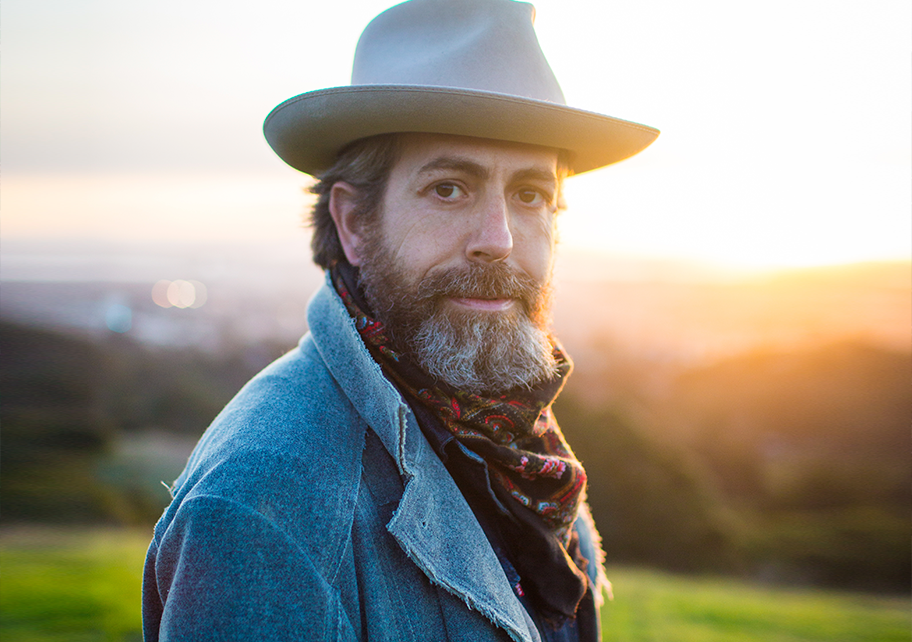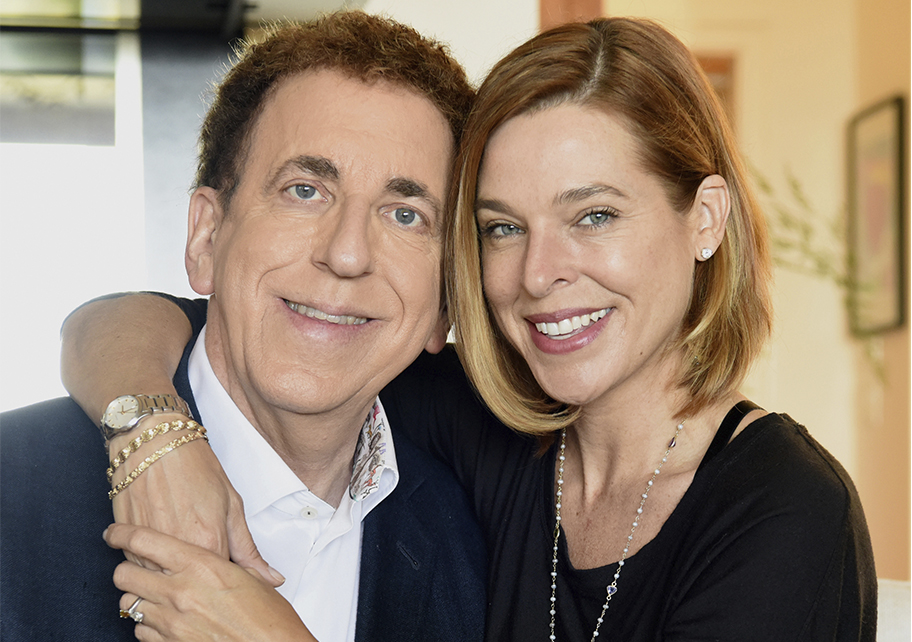Delve Into the World of Constructed Photography with James Casebere


James Casebere, 2018
After growing up in the picturesque town of Michigan, James Casebere emerged in the New York art scene as a pioneer of constructed photography. You’ve probably seen tons of really cool examples of this, where the entirety of the photo is staged by the photographer. Constructed photography originates alongside photography itself, but it wasn’t considered mainstream until the 1980’s when the artist was graduating from Art School.
Today, Casebere captures all of his photographs in his studio, working with influence from architecture and cinematography. It’s amazing how he can convey his art using basic materials on a table top. It’s common in constructed photography to notice a divide between what is real and what isn’t from time to time, but Casebere is revered for blurring this distinction in his work.
James’ portfolio from 1975-2008 looks like a scene from the Twilight Zone. His work during this time is reflective of the typical American suburban household you would’ve seen in the 50’s or 60’s. Fork in the Refridgerator, 1975 (pictured left) is a prime example of his work during this time and is part of a bigger collection similar to it. In 1994, James produced an interesting piece of work appropriately named Asylum that showcased an empty “room” with a bare bed and a single arched window. James captures a sense of eeriness in his collections during this time. He replicates this same feeling when he produced Garage in 2003, which features an empty room with a row of windows and a corridor you can’t see down
Casebere’s work from 2009-2015 reminds me of the iconic miniature town in Beetlejuice that Alec Baldwin built. This is the time period he started to heavily use color in his work. Prior to this time, he relied heavily on a black and white composition. It was about this time he began to move away from the American cultural influence, as well, and did a number of flooded images to explore different cultural influences. Most of these are influenced by French architecture, but there is a sprinkle of Japanese influence in some of the works.


Courtyard with Orange Wall, 2017
What’s really interesting is James’ current work from the past two years. His collection dubbed “Emotional
Architecture” was inspired mainly by Mathias Goeritz, a German-Mexican sculptor who worked closely with architect Luis Barragan in the 50’s. Casebere used the collaboration between Goeritz and Barragan named, “Manifiesto de la Arquitectura Emocional” to serve as the sole influence of his series. There is no coincidence in this, he used the homes of the artists and their names for the collab to draw a closer connection to them. Casebere found Barragan’s use of color, paired with minimal architecture, from his Mexican background particularly interesting
One piece that he featured at Basel 2017, Courtyard with Orange Wall (constructed in the same year), was a model replica of Luis Barragan’s home studio in Mexico City. Casebere was quoted in an interview about “Emotional Architecture” saying that he related to Barragan and his use of constructionism in his work, and it definitely shows. Other photos in the collection also represent areas of Barragan’s life that James felt was important to highlight is his reworks.


Vestibule, 2016
Courtyard with an Orange Wall wasn’t Casebere’s first run at Miami Art Week. His first showing was in 2014 when he featured Yellow Hallway #2, composed in 2001. The next time he had an exhibition was in 2016 with Vestibule, (Featured on the left) then in 2017 with Cabana and Nine Alcoves. This year was the first that he has shown in other Art Basel cities, popping up in Hong Kong with a piece from his latest collection called Yellow House on Water. This piece also showed at Basel along with Shallow Pool and Courtyard with Orange Wall. Casebere also plans to show at Miami Art Week, this year so make sure to watch out for his exhibit with Sean Kelly Gallery.
Along with his showings for Sean Kelly, Casebere also has had successful exhibits throughout other galleries like 303 Gallery and Lisson Gallery, both of which show at Art Basel. Not to mention the countless exhibits he has held at different galleries all over the world. In cities like Paris, Munich, Antwerp, London, DC and New York he has paraded his art in these major cities gaining himself a great amount of popularity.
Photographed by Jay “electro” Blum



